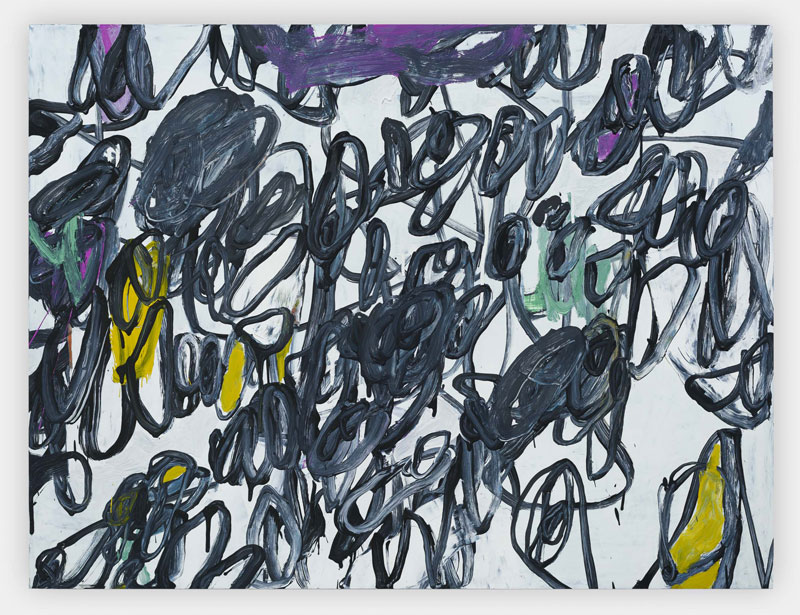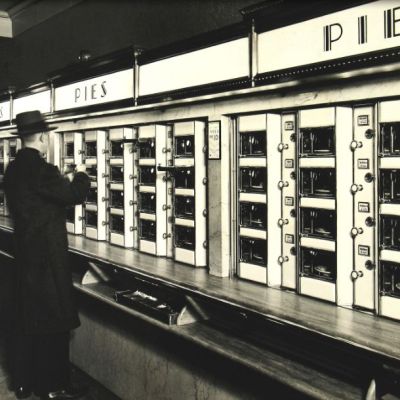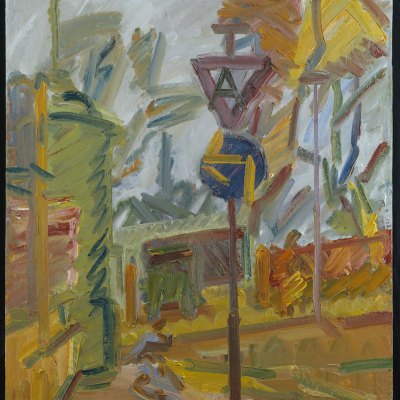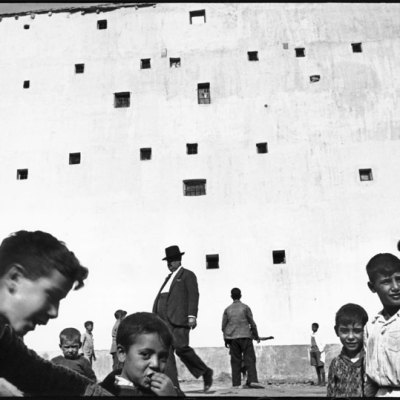London has reacted strangely to the terrifying events of the last fortnight. While Oxford Street still heaves, the crowds have thinned out in other public spaces. The Tube is all but deserted outside of peak hours, and almost everywhere I go, I’m still hearing the same conversation: ‘what if…?’
What if the attacks had happened at, say, the Roundhouse or on the streets of Soho or Shoreditch? It doesn’t bear thinking about, though everyone does, of course. Perhaps I’m reading too much into it. But it seems to me as though there’s a collective feeling that we’re next.
This is, of course, a bit silly. Indeed, there can’t be a city in Europe, North America or the Middle East where the Paris atrocities haven’t sparked this kind of collective paranoia. It is unhelpful, but unavoidable. And it’s not restricted to a fear of terrorism. In general, I think, London is an extremely anxious city these days – a belief borne out by a spike in the number of anxiety disorder sufferers, a category I myself fall into.
For want of reassurance that anxiety can be articulated into worthwhile art, I made it my mission last week to find a show that captured this universal twitchiness.
First port of call was the Pippy Houldsworth gallery on Heddon Street, where Clem Crosby, one of my favourite contemporary painters has a show (until 9 January 2016). There’s something weird about Crosby’s work; he takes a well-trodden, abstract path and creates work that is entirely his own. Unlike the abstract expressionists to whom his works tip the hat, there is no sense of a tortured genesis behind them. Put simply, he always makes his work look like tremendous fun. And why shouldn’t he? It might not have been exactly what I was looking for, but it’s a joy to see a painter revelling in the freedoms the medium allows.
These new paintings are wonderful things. Heaped dashes and tangles of black oil on white formica are shot through with bursts of glorious colour: think Roadrunner in a hurry, as rendered by Cy Twombly. I stared for longer than perhaps I should have done: the hyperactive bustle on Crosby’s canvases started to evoke the rush hour crowds on Regent Street. Now there’s anxiety for you.
◎
Next up was Cristina Iglesias at Marian Goodman’s palatial space in Golden Square (until 19 December). This might be the closest experience I’ve ever felt to being trapped in a Terry Gilliam film, which I think, on balance, is a good thing.
You walk into the gallery to find the floor has been raised. Sections of it, about the size of a coffin, have been cut out and filled with what look like Crosby’s spaghetti-like paint squiggles transmogrified into living matter. Water courses through the installation, glistening in the sharp gallery light like the Thames in Whistler’s Nocturnes. Below the rippling surface, all is darkest grey. I had the feeling that sinkholes had caved open to reveal the River Styx coursing indifferently away below the Soho streets.
◎
Wandering back through Mayfair, my angst lust almost sated, I stopped off at Savile Row’s Ordovas to see ‘The Big Blue’, a show put together by Damien Hirst exploring artists’ representation of the sea, from Roman times to the present day. Beyond suggesting artistic influences and continuities that are either obvious (STOP PRESS! Francis Bacon liked Courbet) or tenuous, I can’t really see what conclusion we’re supposed to draw from it. But who cares. There are enough wonderful things to make a visit more than worthwhile.
Perhaps unsurprisingly, pride of place goes to one of Damien Hirst’s formaldehyde sharks. Overfamiliarity is the destroyer of art, and these monsters don’t shock anymore. This is all for the good. Maybe I’m just affected by my age and circumstances, but I still believe they are extremely powerful. Now that novelty has well and truly washed over their rigid fins, we should start to take these works and their creator seriously again. Hirst has been in critical Siberia for too long.
I can’t think of a better expression of latent anxiety than these impotent but still fearsome prehistoric relics. Perhaps the spirit of the age really was defined 20 years ago.
◎
Finally, a pitstop at the Saatchi Gallery for the press view of UK/Raine, an art prize for British and Ukrainian artists (until 3 January 2016). I still don’t get what the point of the award or the accompanying show actually is, but there’s some good stuff here.
There’s silliness, too, but generally it errs on the right side of the tracks. I’m a sucker for Dominic Beattie’s unnervingly pixelated art deco creations, of which there are two particularly fine examples here. Ukrainian artist Roman Mikhaylov’s gargantuan paper installation Scorch of the Real, meanwhile, gives the impression that someone has taken a flamethrower to a Julian Opie portrait. Make of that what you will. For my part, I’m now far too exhausted to be anxious.




